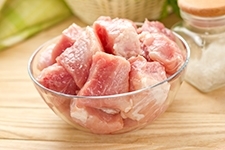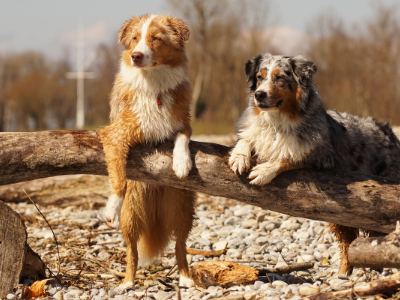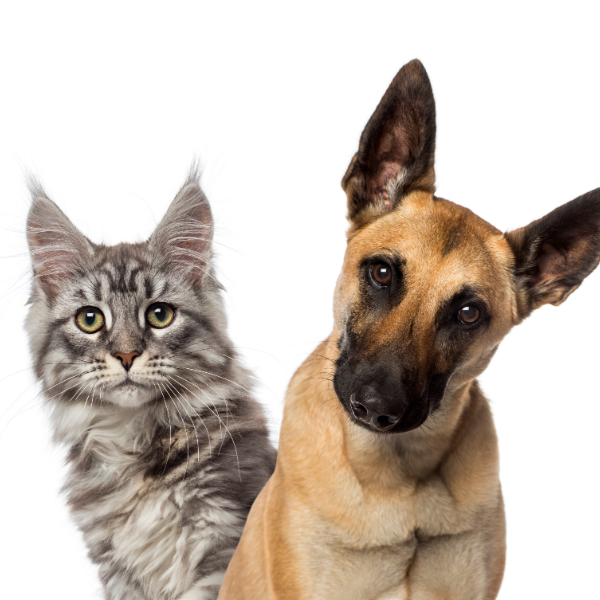Poultry w/ bone: Whole poultry and poultry carcass provide an excellent ratio of calcium and phosphorus. The correct ratio for dogs and cats is 2:1. If you feed your pet once daily, provide 4-5 weekly meals including poultry carcass or whole poultry food items. If you feed your pet twice daily, 8-10 weekly meals should be provided. Food items include whole/ground chicken, whole/ground chicken carcass, turkey necks, chicken necks, and whole quail.
Red Meat: Red meat provides different ratios of proteins, minerals, fats, and calcium than poultry. It is extremely high in iron and is an important food source in a raw diet. Try not to feed too much red meat or too much poultry. For dogs, 3-4 days or 6-8 meals of red meat should be provided each week, less red meat can be fed to cats. They do best with a wider variety of poultry/white meats and 1-2 days or 2-4 meals of lean red meat per week.
Bones: Bones are the natural toothbrushes of the carnivore world and provide a high portion of calcium. They cannot be excluded from the raw diet. It is best that large bones be fed on days when your pet is eating red meat without the bone. Too much bone each day will cause some animals to become constipated so keep an eye on your dog’s stools. Lots of bone will make the stool look whitish/yellow and power-like. Red meat and organ will look darker and softer. This is normal. The stool will vary depending upon the meals given. See our products for a complete list of bone menu items.
Organ Meat: The most nutritionally valuable organ meats are the heart and liver. Including these in the raw diet is important for providing essential vitamins, minerals, and amino acids. Heart meat is particularly important for cats due to its high taurine content. Organ meats are included in a variety of our products from several meat sources. Generally, 10% of the dog’s diet and 15% of the cat’s diet should consist of organ meat.
Vegetables: For dogs, varying the vegetables in the diet is just as important as varying the meat sources. Each vegetable has a unique set of nutrients that your pet will benefit from. Root vegetables and green leafy vegetables should be varied. See our product list for more details on appropriate vegetables. For cats, vegetables are optional but for indoor cats, cat grass can be provided for aiding in digestion.



